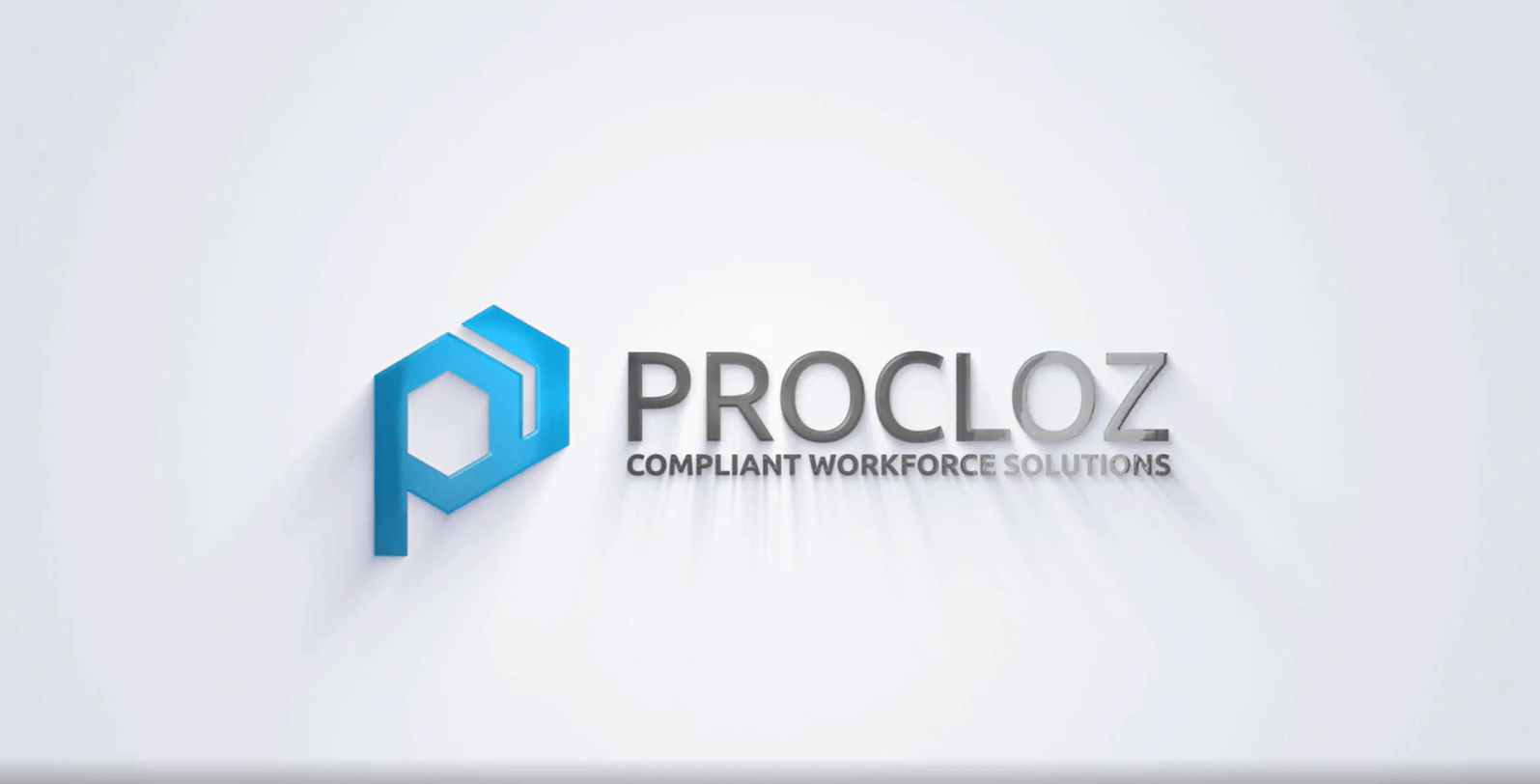Employee turnover can be a significant challenge for organizations, resulting in increased costs, loss of productivity, and a negative impact on company culture. In today’s competitive job market, retaining talented employees is more important than ever. Organizations must focus on implementing effective strategies to achieve a low turnover rate and foster a culture that encourages employee loyalty and engagement.
What is Employee Turnover Rate?
Employee turnover rate refers to the rate at which employees leave an organization and need to be replaced by new hires. It is a measure of the number or percentage of employees who voluntarily or involuntarily leave an organization over a specific period, typically this duration is annual. Employee turnover can occur due to various reasons, including employees seeking better opportunities elsewhere, retirement, dissatisfaction with the work environment, lack of career growth, conflicts with colleagues or supervisors, or personal reasons. Ideally, a low turnover rate is achieved when an organization is able to satisfy most, if not all of the above parameters that cause employee turnover.
Learn more about how to attract top talent A guide to effective recruitment marketing.
Strategies to Achieve a Low Turnover Rate
Here are some key strategies that can help achieve a low turnover rate
Hire the Right Candidates
A low turnover rate begins with the hiring process. It is crucial to identify candidates who not only possess the necessary skills and qualifications but also align with the company’s values and culture. During interviews, assess candidates’ long-term goals, motivations, and fit within the team. Hiring individuals passionate about the company’s mission and feeling a sense of purpose in their work are more likely to stay committed and engaged in the long run.
Provide Competitive Compensation and Benefits
Competitive compensation and benefits are essential in attracting and retaining top talent. Research industry standards and ensure that your organization’s salary and benefits packages are in line with or exceed those of your competitors. Regularly review compensation structures to ensure they remain competitive, considering factors such as performance, experience, and market trends. Additionally, offering perks like healthcare, retirement plans, paid time off, flexible work arrangements, and professional development opportunities can significantly enhance employee satisfaction and loyalty.
Create a Positive Work Environment
Employees are more likely to stay with an organization that values their well-being and provides a positive work environment. Foster a culture of respect, trust, and open communication. Encourage feedback and create channels for employees to voice their concerns and suggestions. Recognize and appreciate employees’ achievements and contributions regularly, both publicly and privately. Offering opportunities for career growth and advancement within the organization also helps employees feel valued and motivated to stay.
Support Work-Life Balance
Maintaining a healthy work-life balance is crucial for employee well-being and retention. Promote a flexible work environment that allows employees to balance their personal and professional lives effectively. Offer options such as remote work, flexible hours, or compressed workweeks, if feasible. By accommodating employees’ commitments and needs, organizations demonstrate a commitment to their well-being and build a culture that values work-life balance.
Invest in Professional Development
Providing opportunities for professional growth and development is a powerful retention strategy. Employees are more likely to stay with a company that invests in their career advancement. Offer training programs, mentorship initiatives, workshops, and conferences to enhance their skills and knowledge. Encourage employees to set personal development goals and support them in achieving these goals. By investing in employees’ professional growth, organizations not only retain talent but also build a highly skilled and capable workforce.
Foster Strong Leadership
Effective leadership plays a vital role in employee retention. Strong leaders inspire, motivate, and create a positive work environment. Provide leadership development programs and coaching to help managers enhance their leadership skills. Encourage managers to build strong relationships with their teams, provide regular feedback, and support employees in their career growth. Employees who feel supported and valued by their leaders are more likely to stay committed to the organization.
Open Communication and Feedback
Stay interviews are proactive conversations held with current employees to identify their satisfaction levels, challenges, and opportunities for improvement. These interviews provide valuable insights into what is working well and areas that may need attention. Exit interviews, on the other hand, help understand the reasons behind an employee’s departure and identify potential areas for improvement. By conducting both stay and exit interviews, organizations can gain valuable feedback and take necessary actions to address concerns and enhance retention efforts. Besides these strategies, knowing the dos and don’ts of how to conduct a job interview will also help you in hiring the right candidates.
Conclusion
Ready to streamline your hiring process and achieve a low turnover rate? Implementing an effective business process management approach can revolutionize your hiring practices. From optimizing candidate sourcing and screening to enhancing onboarding and training processes, BPM empowers you to create a seamless and efficient workflow that attracts top talent and fosters long-term employee satisfaction. Take the first step towards optimizing your hiring process with Procloz. Contact us to learn more about how our business automation and other technology-driven services can help transform your hiring strategy and drive business success.














